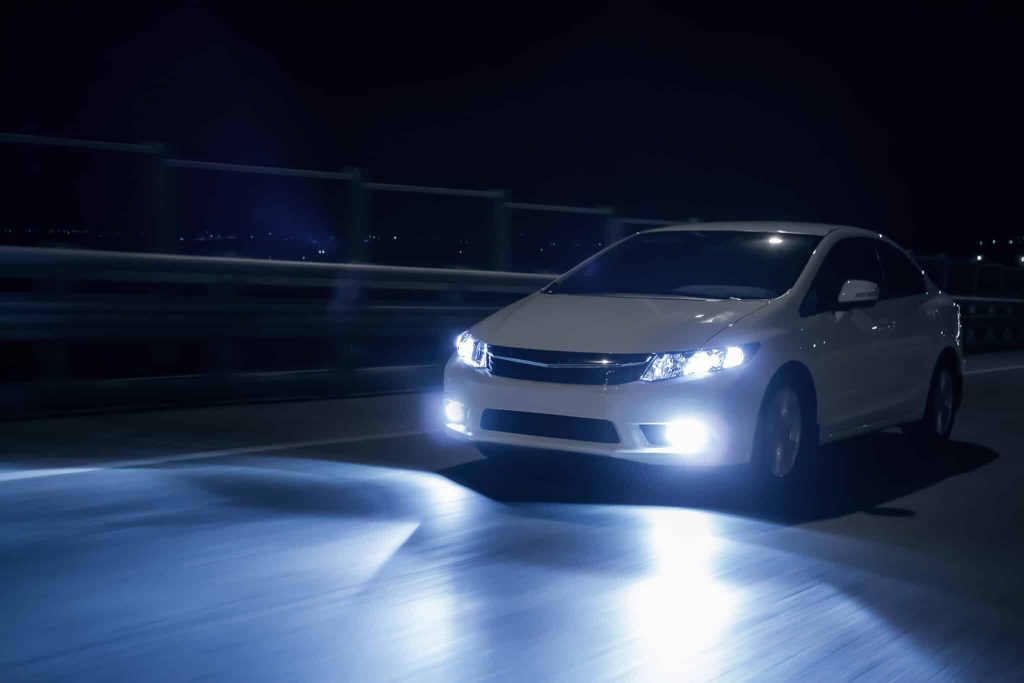Introduction
Headlights are one of the most critical safety features of any vehicle, yet they often go unnoticed and are underutilized by drivers. Proper headlight usage is essential not only for your safety but also for the safety of others on the road. Whether it’s daytime, nighttime, or during adverse weather conditions, knowing when and how to use your headlights can make all the difference in preventing accidents and ensuring smooth, safe travels. Understanding the importance of this simple practice can help create a safer driving environment for everyone.
Why Headlight Usage is Essential
Using headlights correctly is a fundamental yet crucial part of safe driving. Headlights do more than just illuminate the road ahead; they also make your vehicle visible to others, which is essential for preventing accidents. Whether you’re driving in low-light conditions, such as at dawn, or dusk, or in bad weather like fog or rain, using your headlights properly can dramatically reduce the risk of collisions.
Proper headlight usage involves more than just turning them on; it’s about knowing when to switch between low and high beams, ensuring your headlights are in good working order, and understanding the rules for headlight use in different driving scenarios. For instance, low beams are recommended in poor weather to avoid glare, while high beams should only be used in very dark areas without oncoming traffic.
Failing to use your headlights correctly can make you nearly invisible to others on the road, increasing the likelihood of accidents. By understanding how and when to use your headlights, you not only enhance your own visibility but also ensure the safety of everyone around you. Remember, using your headlights is not just about seeing—it’s about being seen and making the road safer for all.
Proper Headlight Usage: Tips and Best Practices
- Use Low Beams in Poor Weather: In fog, heavy rain, or snow, always use low beams. High beams can reflect off water droplets or snowflakes, reducing visibility rather than improving it.
- Turn on Headlights at Dusk and Dawn: Even when the sun is just beginning to set or rise, the light conditions can be deceptive. Turning on your headlights during these times ensures that other drivers see you.
- Use High Beams Sparingly: High beams are helpful in very dark areas with no oncoming traffic, but they can blind other drivers if used improperly. Always switch to low beams when you see another vehicle approaching.
- Check Your Headlights Regularly: Make it a habit to inspect your headlights to ensure they are functioning correctly. Burned-out bulbs or misaligned headlights can compromise your safety.
- Always Use Headlights in Tunnels: Even in broad daylight, tunnels can be dark and disorienting. Headlights help you see clearly and signal your presence to other drivers.
Consequences of Improper Headlight Usage
Failure to use headlights correctly can lead to dangerous situations on the road. For instance, not using headlights in foggy conditions can make your vehicle nearly invisible to other drivers, drastically increasing the risk of collisions. Conversely, overusing high beams can blind oncoming drivers, creating a hazardous situation that heightens the likelihood of head-on collisions.
In many regions, driving without headlights in low-visibility conditions is not just unsafe but also illegal. Failing to comply with headlight laws can result in fines or penalties, emphasizing the importance of using headlights appropriately to ensure both legal compliance and road safety.
Conclusion
Using headlights correctly is a simple yet vital aspect of safe driving. By understanding when and how to use your headlights, you can protect yourself and others on the road, significantly reduce the risk of accidents, and ensure a safer driving experience. Remember, proper headlight usage is not just about seeing the road ahead—it’s about making sure you are seen by other drivers, pedestrians, and cyclists, especially in low-visibility conditions. Prioritizing this small but crucial habit can make all the difference in keeping everyone safe on the road.



